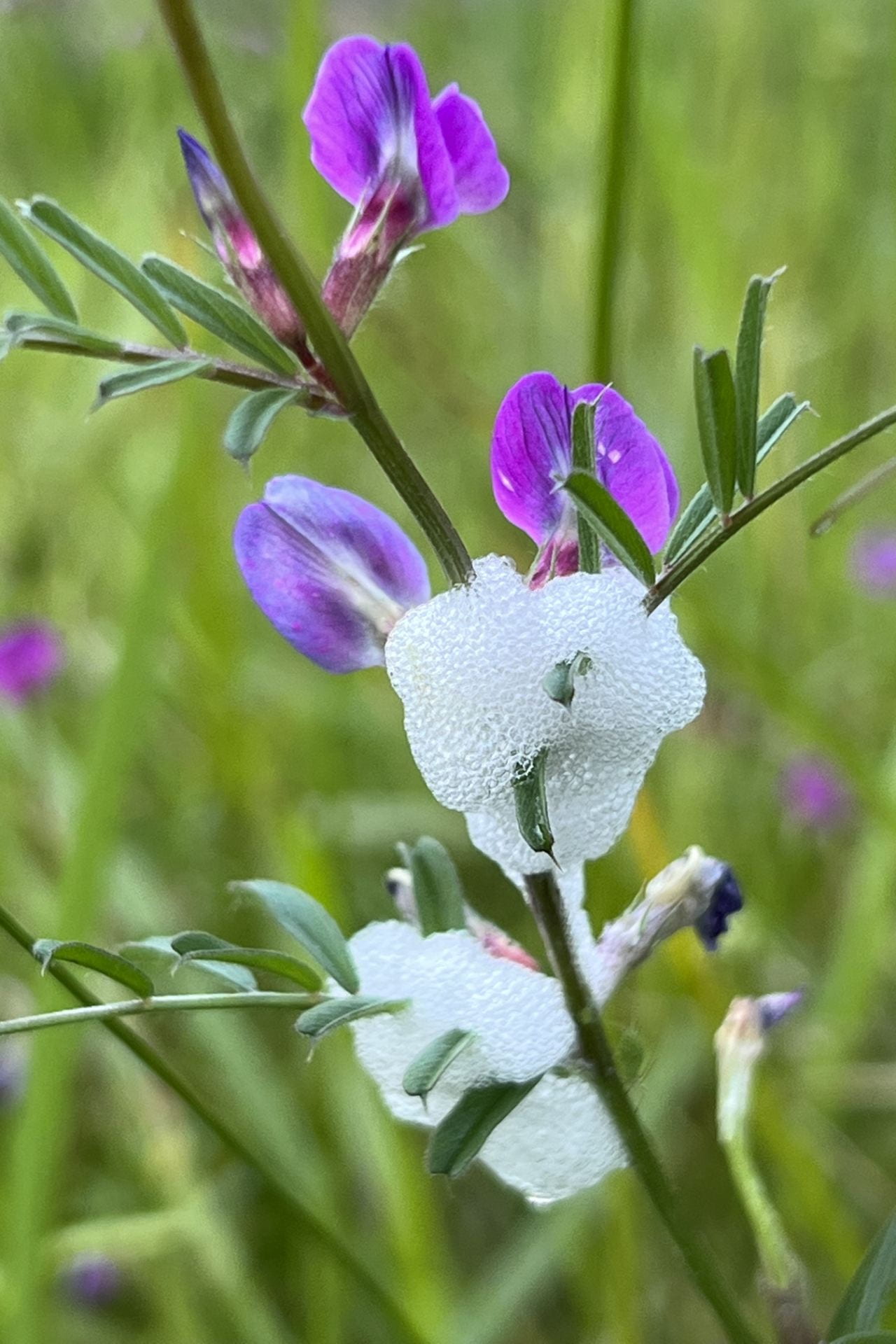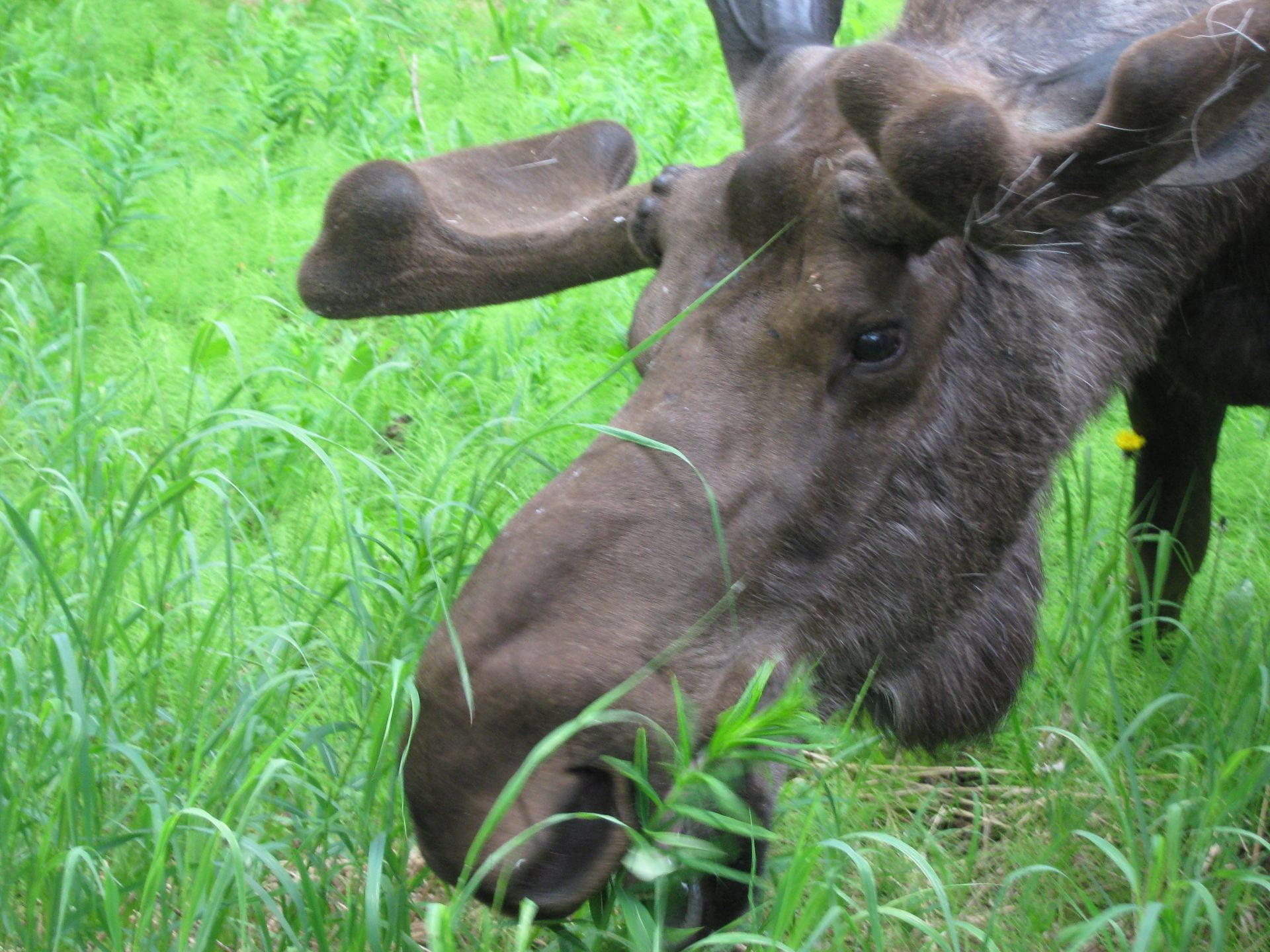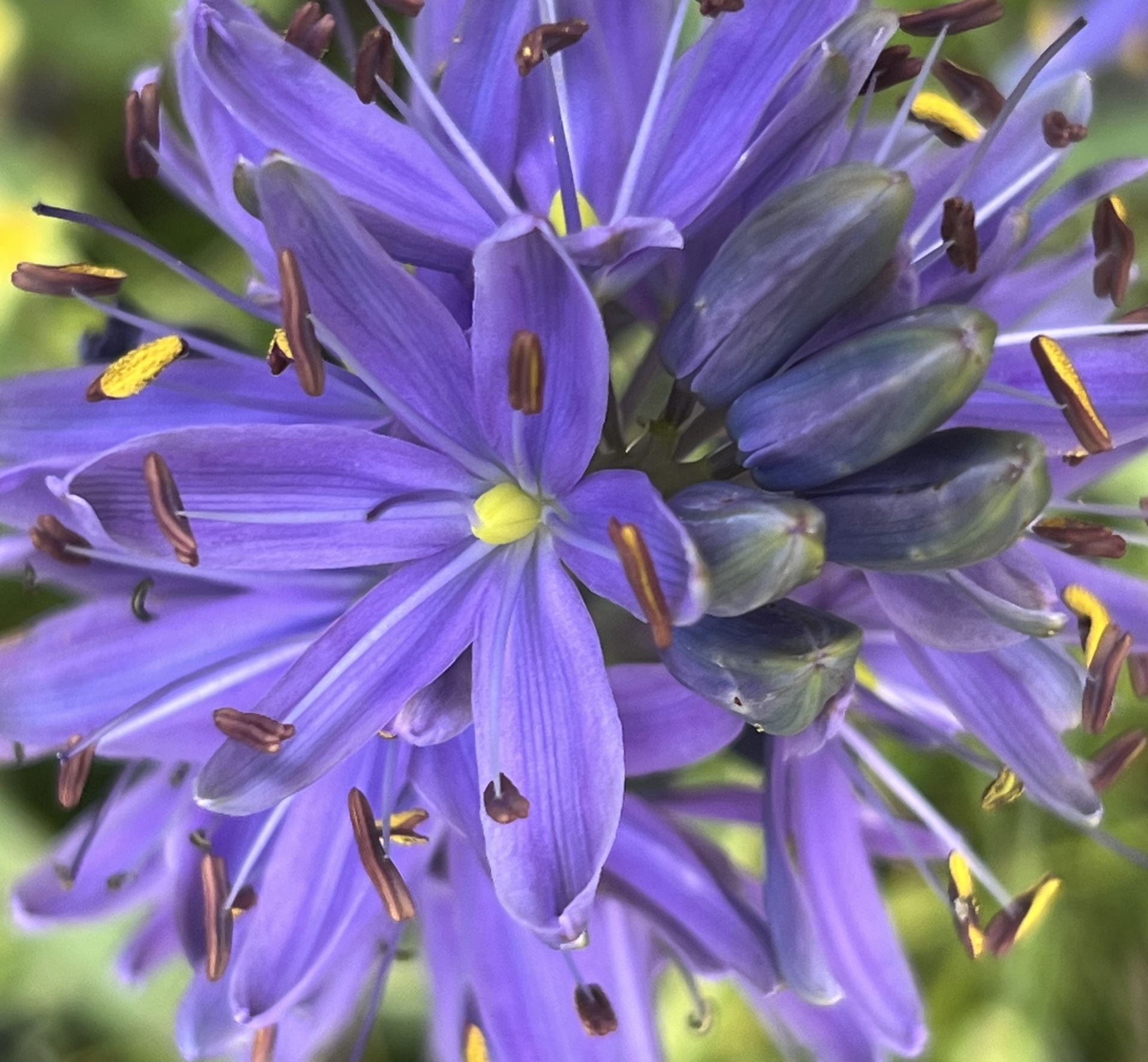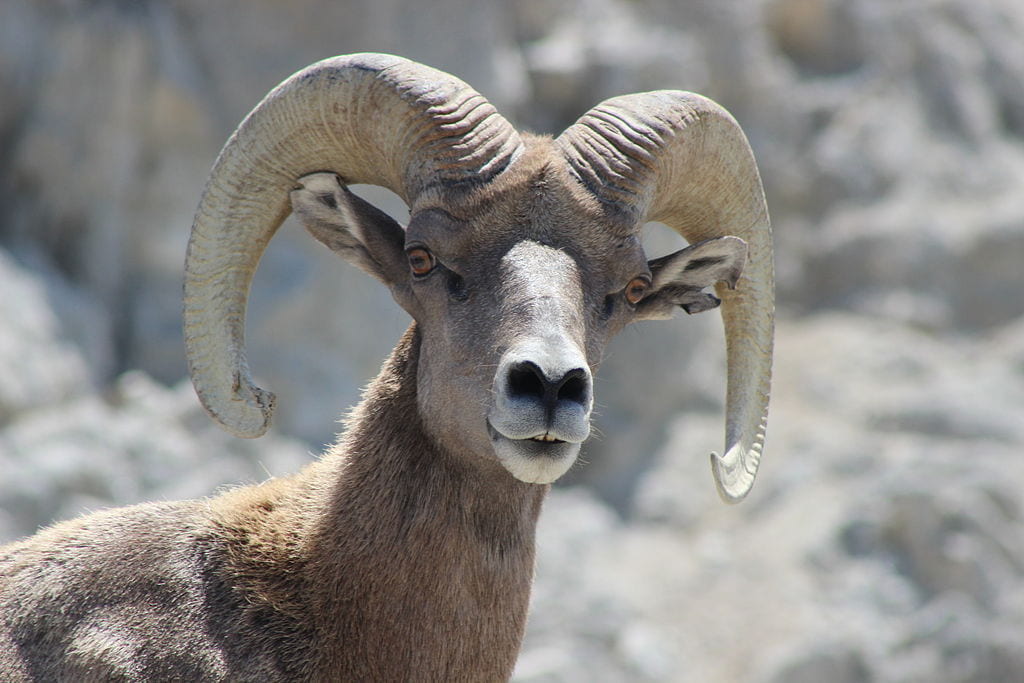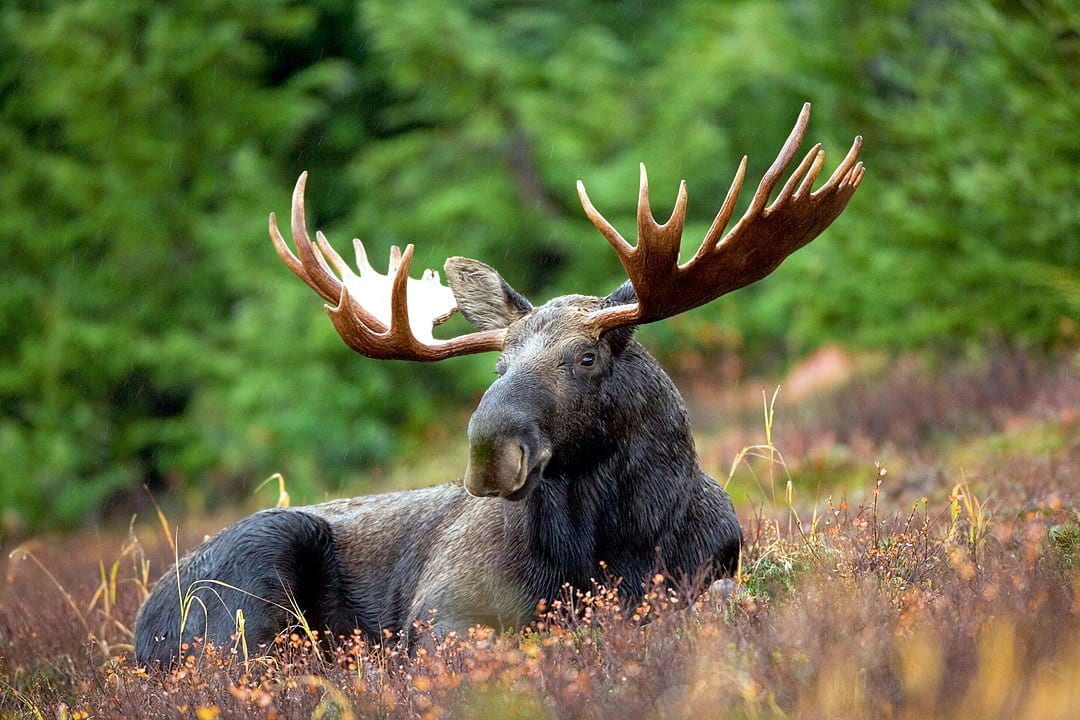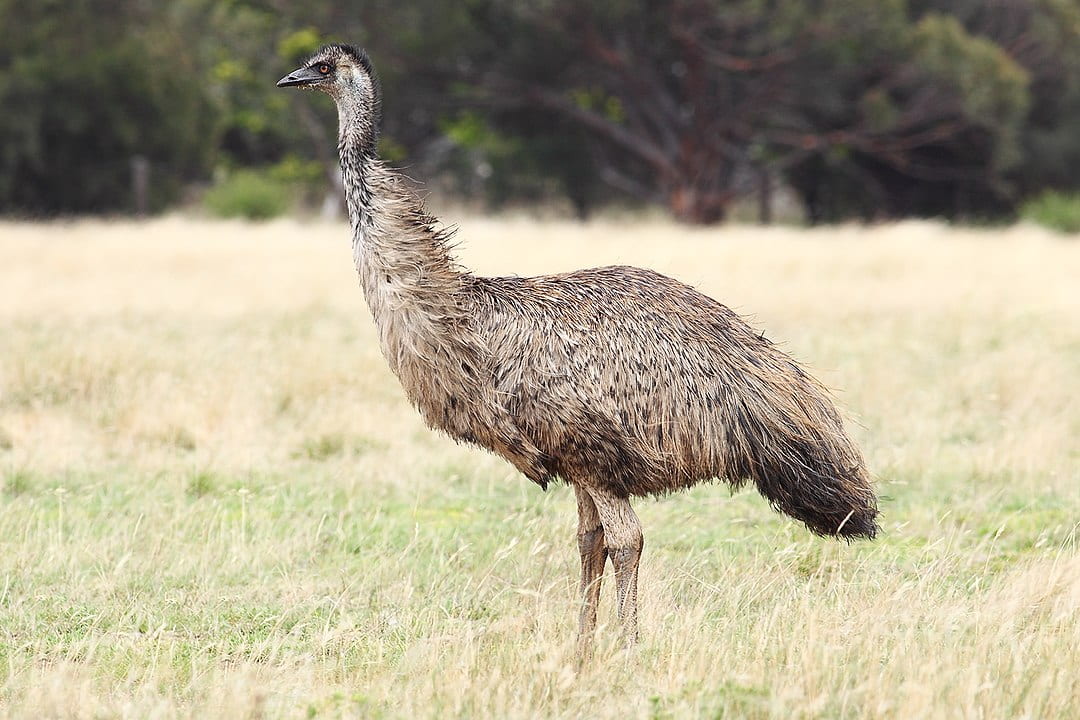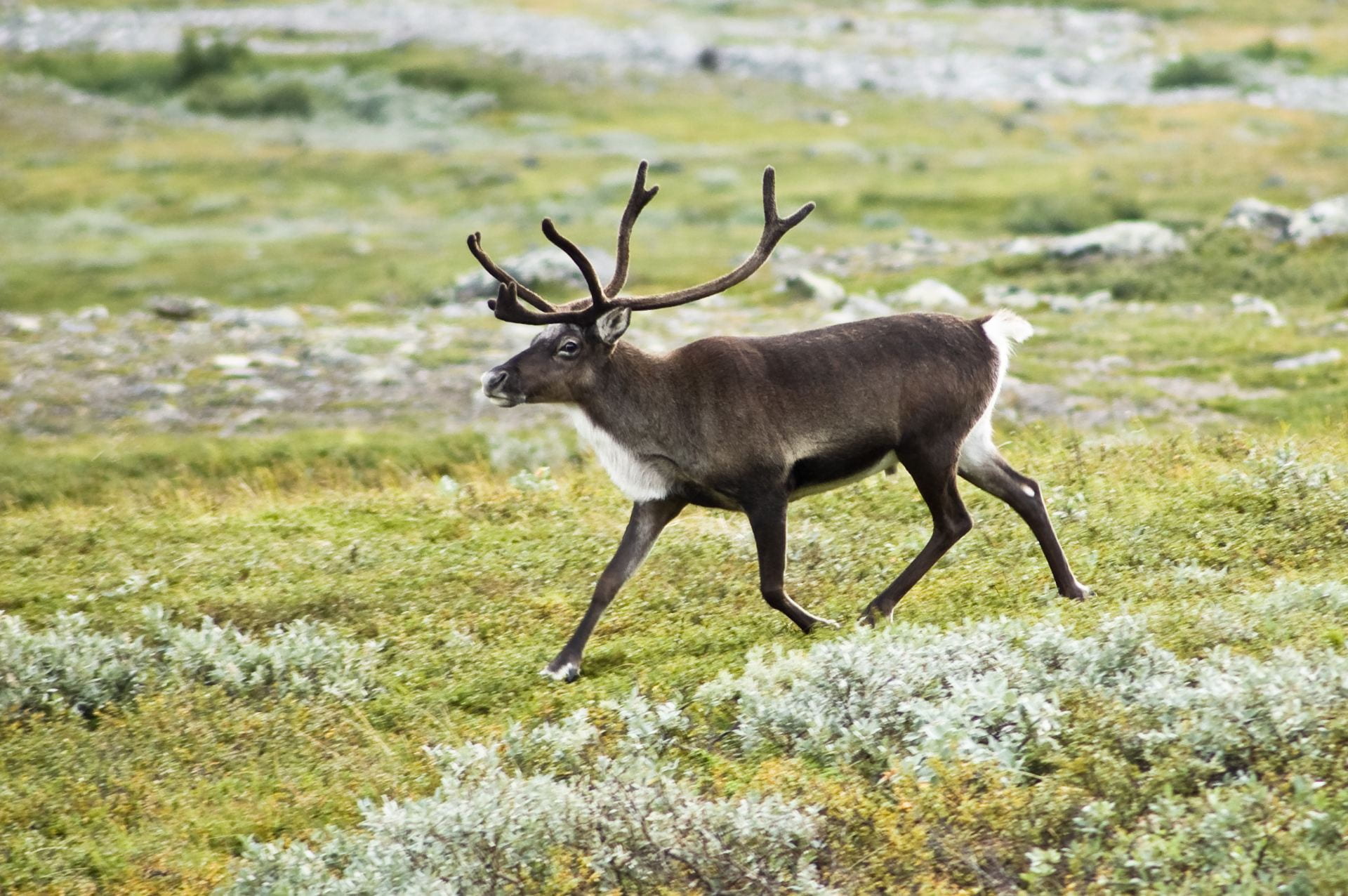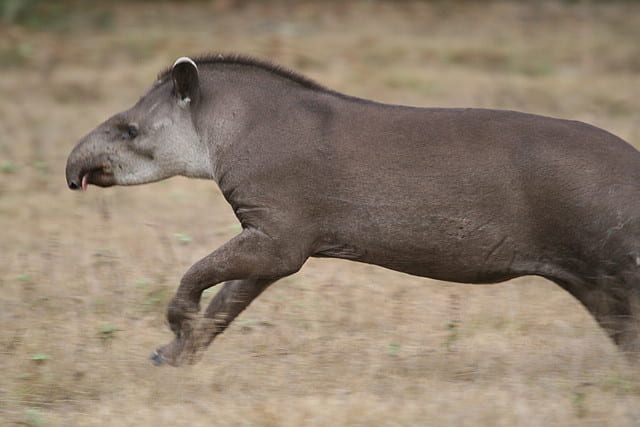Astronomy
Photo by Kristian Pikner
Reading the Stars
“star mythology ‘maps’ the celestial sphere, and through graphic narrative teaches the location of various stars and their ‘literary’ relationship to each other, instruction crucial when using stars in time telling or in navigation.”
—MacDonald (2015:35-36)
Like hatching insects, croaking frogs, and turning leaves, the stars are commonly used as cues of impending environmental change. This is because their location and orientation in the sky changes in predictable ways over the course of the year, as does the time of their rising and setting. Some of these changes are correlated with seasonal changes in weather, which have significant effects on resource availability. Thus, these correlations can be used as a calendar to determine which resources are coming into season, and where to move next. The stars can also be used to predict and prepare for periods of privation, such as the departure of migratory animals or the onset of winter. Because–like mountains, rivers, and other landmarks–stars are a comparatively permanent part of the landscape, they are also instrumental in navigation.
Photo by Michelle Scalise Sugiyama
Photo by AstroAnthony
To use asterisms for these purposes, you need to know which of them are useful, and how to identify them. You also need to know whether and how their positions, risings, and settings vary over the course of the year. Finally, you need to know which of these variations are correlated with important environmental changes, and which changes they mark. The recounting of star myths provides regular occasions for transmitting this knowledge, and is particularly effective when combined with star gazing.
“Some [Inuit] elders recalled having had the stars pointed out to them as children when sitting beside their fathers on the sled, making their slow way over the frozen ocean towards some distant camp; others remembered their mothers explaining the wonders of the sky while they waited for the men to complete the building of the nightly igloo.”
—MacDonald (2000:7)
Star lore is encoded in narrative descriptions of beings and objects that have been transformed into asterisms. Many constellations are conceptualized as animals that are important in the local economy, such as moose, emus, or bighorn sheep. This literary device makes abstract jumbles of dots in the sky easier to remember by associating them with concrete, emotionally salient imagery. It also identifies the resource whose availability the constellation announces.
Photo by Zaereth
“In San mythology the stars are animals or people of earlier times; the names given to them usually represent animals that are abundantly available at the seasons when the stars are prominent.”
—Warner (1996:311)
Photo by Michelle Scalise Sugiyama
Other stories picture asterisms as human ancestors whose actions are responsible for cyclical weather conditions, such as annual periods of frost or strong winds. In so doing, they identify a correlation between the return or position of a certain constellation and the onset of a certain season. Among the Bundjalung and Koombanggary of Australia, for example, the Wareenggarry (Pleiades) are conceptualized as seven young women who reappear each summer, bringing warm weather with them. Some star myths also reference plants that are important as resources or as cues of seasonal change.
“In former times, before there were actual people, all the stars . . . were independent personalities on this earth. Special myths are devoted to some of them. It is a fact that some [Yahgan] individuals . . . were well acquainted with the peculiarities and movements of the stars and informed their countrymen about them.”
—Gusinde (1937:1388-1389)
Comparative Ethnoastronomy
The stars are used for similar purposes across hunter-gatherer cultures, but the asterisms used and the resources they reference vary by latitude and habitat. Click on the images below to explore cultural continuities and contrasts in constellation imagery and use.
Heaven Knows
Star myths encode six basic types of information:

Appearance
Information useful for identifying the asterism, such as the number, color, size, or brightness of its constituent stars, or point on the horizon where it rises/sets

Time
Information about the asterism’s relevant period of visibility (e.g., just before sunrise or just after sunset) or about how to use the asterism to estimate time
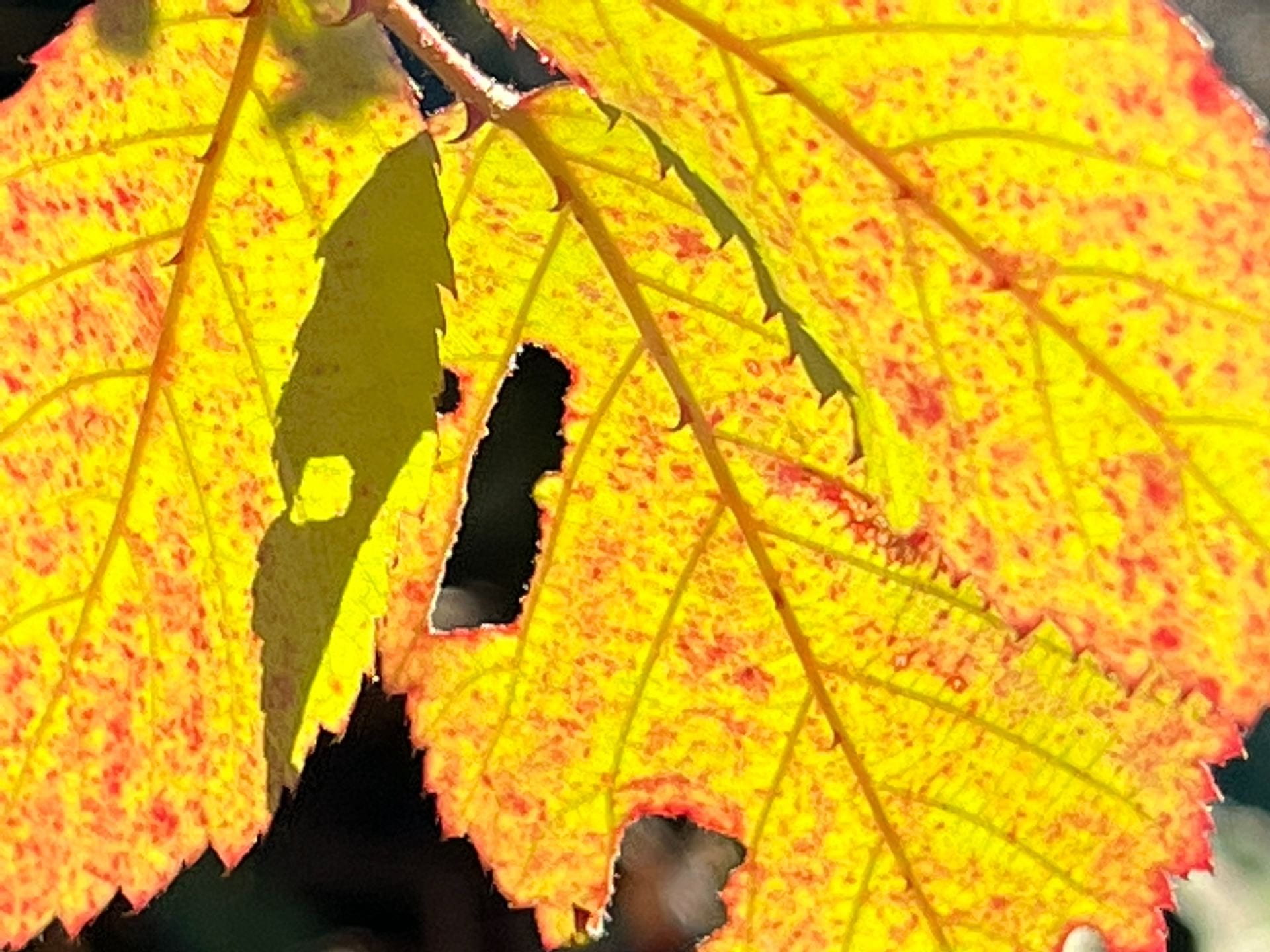
Season
Information about the time of year when the asterism is visible or relevant, and/or weather conditions associated with its visibility

Wayfinding
Information about how to use the asterism to orient oneself in space, reckon the direction of travel, plot a course, or estimate travel distance
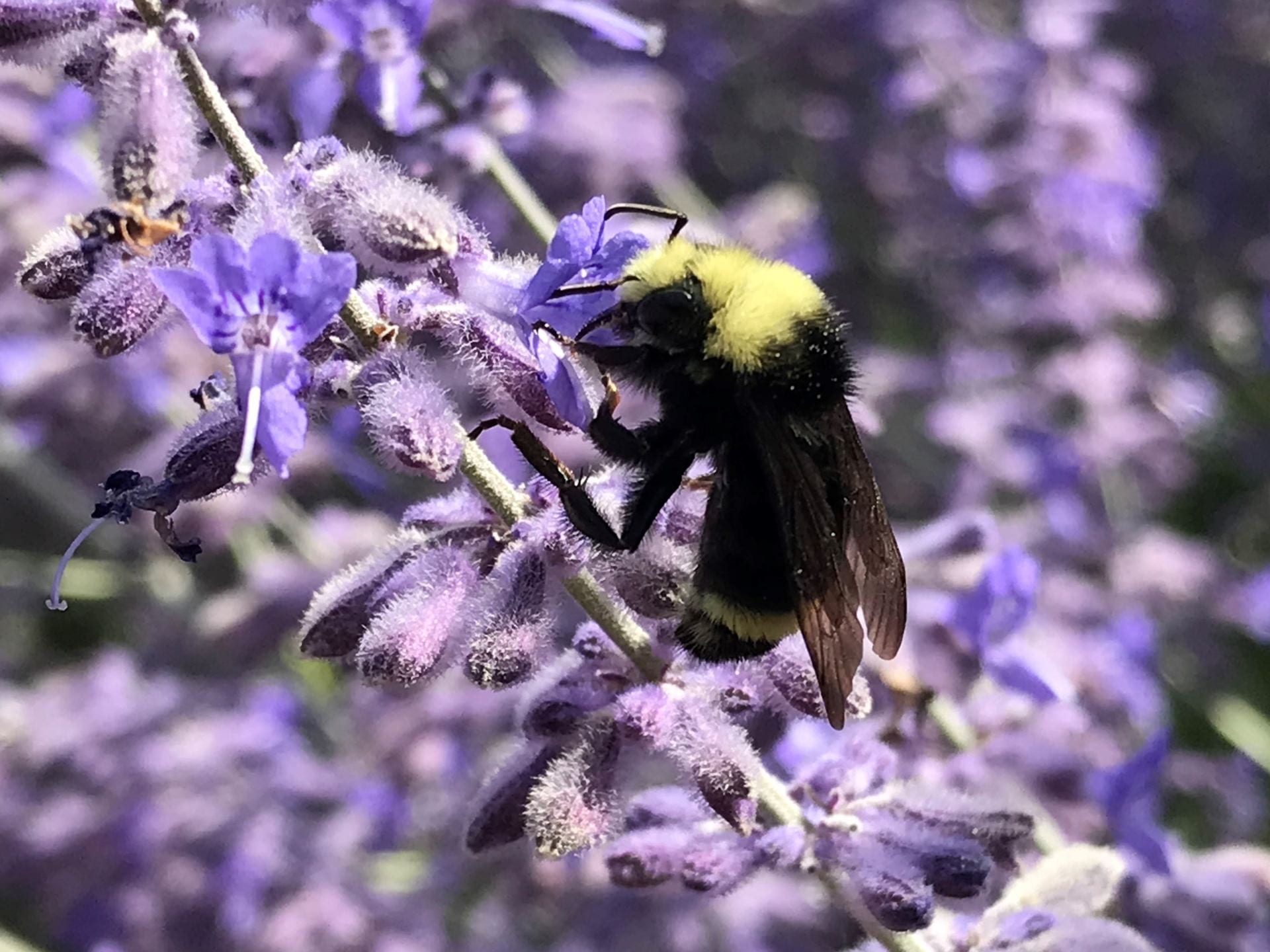
Animals
Information about animals that are important as resources or as cues of seasonal change, or whose availability is associated with the asterism’s visibility
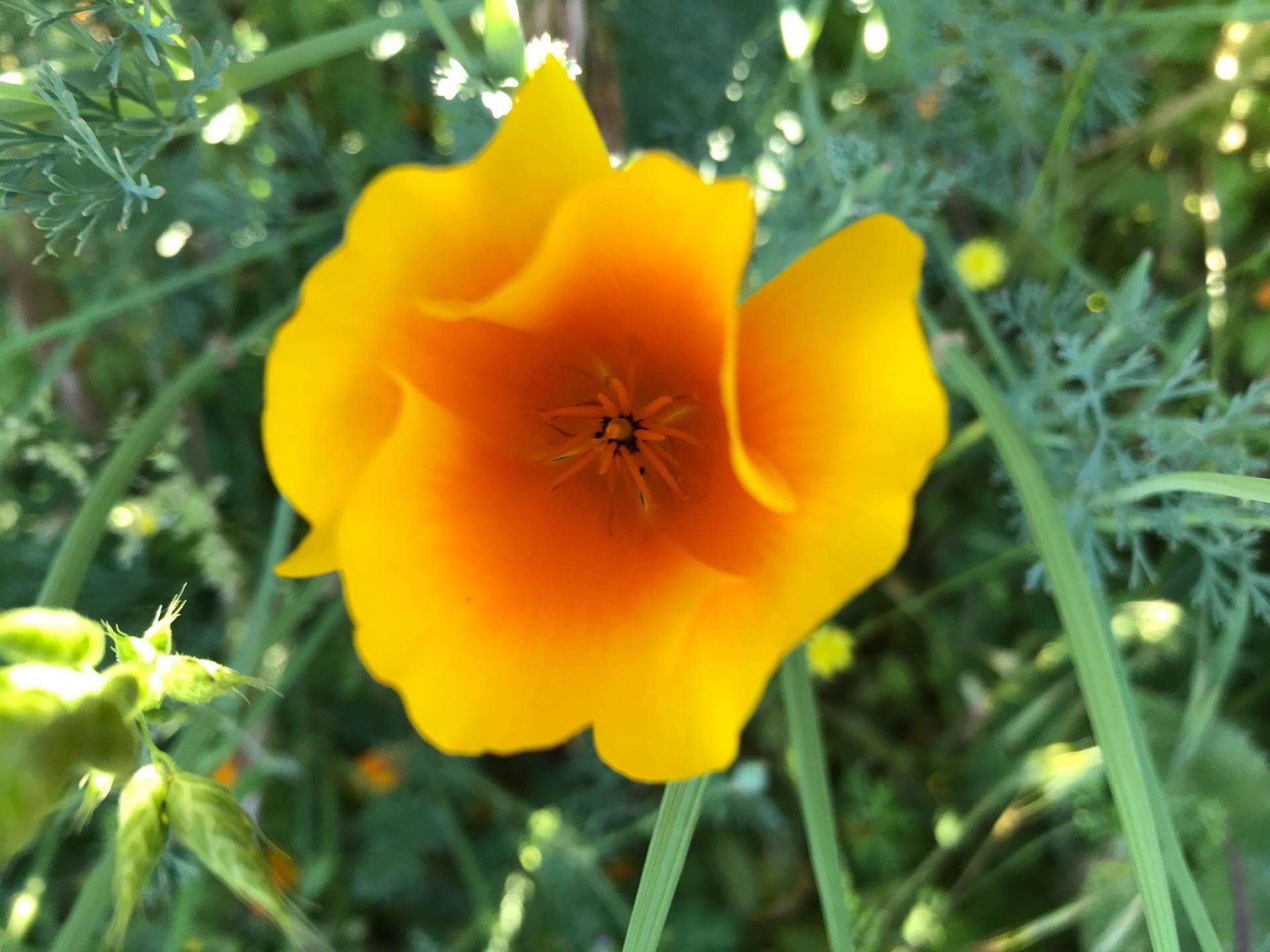
Plants
Information about plants that are important as resources or as cues of seasonal change, or whose availability is associated with the asterism’s visibility
Photos by Michelle Scalise Sugiyama
